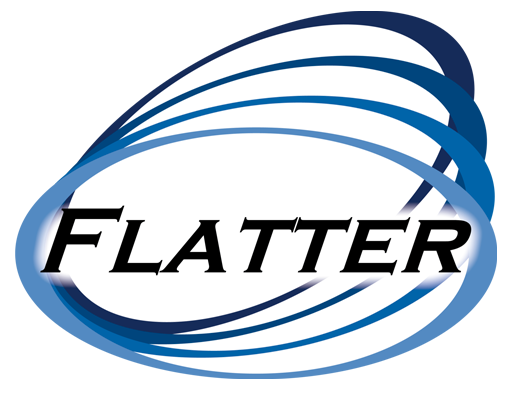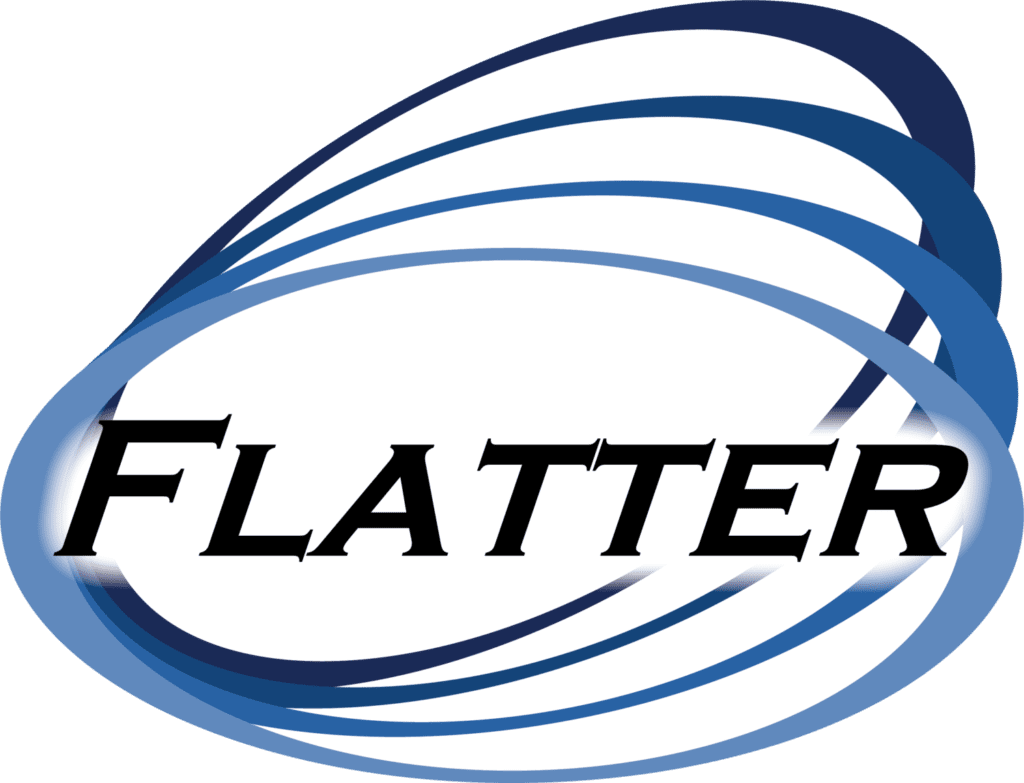Flatter Insights – Inaugural Post 1
Bridging the Skills Gap in a Rapid Tech Revolution
by Brittany Chiang (words are my own, not written with AI)
As we step into 2025, I’m excited to begin a conversation about the pace of technological change and the critical need for a focus on human capital and workforce development, which has been Dr. J.R. Flatter’s life work and my focus as CEO of Flatter, Inc. since 2017. I will first present a technological challenge, and J.R. will contribute a leading expert in the area of workforce development and human capital with concrete recommendations on how to navigate this rapidly changing environment.
When I say “human-centered design,” I’m not talking about maximizing clicks, purchase speeds, or the velocity of transactions. I’m talking about focusing on the human condition—how technology impacts the people using it, and my hypothesis is they need more attention! On January 5, 2025 Mark Zuckerberg said, “Product strategy is about learning and iterating as fast as possible… If we can learn faster than everyone else, we’ll win.” Is as fast as possible what users really want? Can they keep up with this pace?
The pace of change has reached a point where it feels unsustainable for many. In 2006 a study was conducted to garner consumers’ attitudes towards additional features on existing products and it was found that, “As the number of features grew, perceived capability increased and perceived usability decreased.” As generative AI is becoming part of our everyday lives, it’s more important than ever to ensure that the tradeoff for additional functionality is worth it. In this inaugural post, I want to make the connection between the burden of these features on the workforce, and how appropriate workforce development strategies can help to shift our focus from “more” to “better.”
What is the ultimate good we’re hoping to change with the rapid release of new functionality? I would like to see the user back at the center of all of our incredible efforts towards advancement.
Updates Your Workforce is Facing
Below is a short list of Software and Application updates that are facing the Defense Industrial Base as recently as November 2024 to present. These updates require your workforce to upskill and learn to stay current, even be able to complete tasks as simple as daily communication and accounts payable.
Microsoft Teams: Changes and Updates amounted to around a 700-character description, summarizing around 13 major changes including screen sharing and new emojis.
Microsoft Outlook: Changes amounted to over 300 characters in summary description, encompassing 9 major changes. These updates come alongside a major drop off in support as of December 31, 2024, for the Windows Mail and Calendar apps. At Flatter, Outlook has had a long-term learning curve on what functionality was available on the Desktop version of Outlook vs. the Outlook Web App (OWA).
Microsoft 365: This category was almost too broad to cover here, but I did want to note that as of December 18, 2024 Microsoft is sunsetting their “Delve” application. This was one of my favorite tools as a supervisor, as it gave me a listing of recently accessed documents by employee. This information drove accurate version control of proposals and other work products in developmental phases. My team will have to learn new ways to identify which proposal version has been edited most recently.
Deltek GovWinIQ, Harmony, and Dela – Deltek is the leading provider of business intelligence, accounting, and CRM support for defense contractors and touting the release of Deltek Harmony, a new user design experience which is meant to overhaul the current graphical user interface and user experience.
iPhone iOS 18.2.1 (6th release under iOS 18) – On January 2, 2025, the latest iPhone operating system (iOS) 18.2.1 was released. The summary description of this update was over 1,800 characters long. The changes include new Home Screen arrangement, control center, and the biggest redesign ever of the Photos App.

Human Insights
For leaders and organizations, my recommendation this month is simple: Take the time to truly understand your users, including those internal to your organization. Here are a few simple coaching questions that may help to better understand what is facing your users. What has been your learning burden this month? What can I do to better equip you to navigate the systems required for your job? What time do you have available in your schedule for learning?
There is a technical skills gap generating between ever-changing technology and your most valuable resource- your team!
The Human Skills Revolution
Technology is not necessarily human-centered. With the speed of technological change, we are asking our workforce to constantly learn and re-learn technical skills. The Human-side of this equation is where we as organizations can affect change, and also support our fellow-humans through a burdensome workplace. We are able to invest in “durable” and necessary skills like empathy, communication, and lifelong learning. The January/February issue of Harvard Business Review recommends focusing on “Core Skills” and not to emphasize Emerging Skills until you know they are applicable to your employees’ jobs. Organizations that invest in continuous educational programs and coaching that foster these skills will ensure their teams are equipped to navigate an increasingly changing world. For us at Flatter, these Core Skills include coaching principles, leading with curiosity, and engaging teams in decision making to maximize our customer impact.
What can Flatter do to do assist you with your Workforce Development Challenges, reach out at Excellence@flatterinc.com





